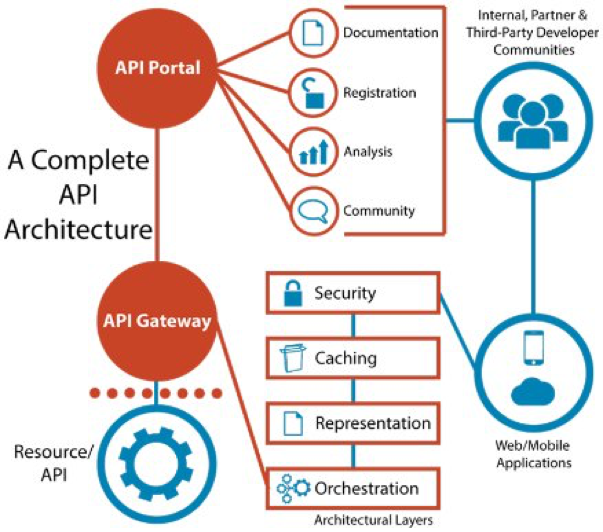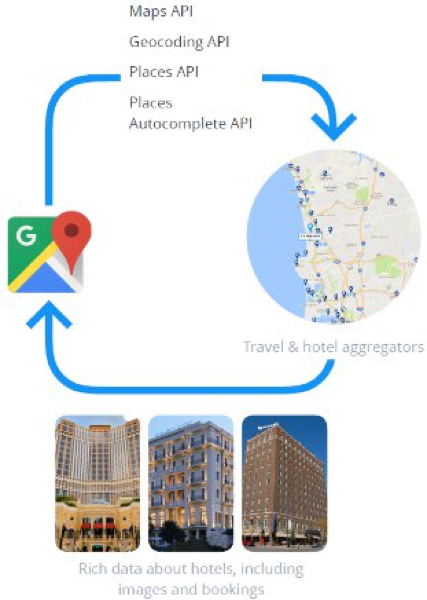Crypto Market Commentary
23 January 2020

Doc's Daily Commentary
The 22 January ReadySetLive session with Doc and Mav is listed below.

Mind Of Mav
Blockchain And Empowering The Second Wave API Economy
You are hyperconnected — a concept that describes how technology enables everyone and everything to be interlinked.
At an individual level, we stay connected because we want to have information just as much as we want to share it. The recent focus on diplomacy in the Korean peninsula has put a heartwarming story in the spotlight. One where people from the South put rice and USB sticks with music and movies in plastic bottles, which they then throw in the river for their brothers in the north to pick them up farther upstream. They are anticipating a near future where they can welcome one another with open arms and are “streaming” media in the meantime.

At a group level, we stay connected because transforming data into actionable information is crucial for progress. Humans have evolved to their modern form about 200.000 years ago, but real progress began with the invention of writing, circa 3.000 BC, and the wheel 1.000 years later. Radio communication was invented ~130 years ago, but it took the internet to open up our world to endless communication. Our parents lived in a world where information technology did not exist, we live in a world where “data is the new oil” and our children will hopefully grow up in a world that will be wondering what oil was.
At a technology level, we stay connected via different Information Technology systems exchanging data with one another. There’s no official estimation about how many actual pieces of software are out there, but a rough guesstimate would put it at around 1 billion and growing each day.
Take Uber, it runs on your mobile operating system — which, by itself, is a collection of pieces of software, it has login, search, map, payment, rating, feedback, notifications, and support systems. Those are pieces of software working together in the backend, for which the Uber app itself is just a frontend. Now think about the number of different mobile apps, desktop applications and websites, which are the front-ends, and the complex mesh of servers running applications for transferring, processing, analyzing and securing information, which are the back-ends. The resulting complex ecosystem engulfing our entire planet, and its orbit, looks like a mesh of billions of computers running 1 billion of pieces of software, the majority of which talk to others.
All these pieces of software were built by different people for different purposes. A bank’s financial system is radically different from a factory’s operations management system, which is radically different from a vendor’s inventory management system, which again is very different from a retailer’s sales system. But for end-to-end supply chain automation to happen, these systems need to be integrated and talk to one another. They do so via APIs.
API is short for Application Programming Interface. Wikipedia defines it as a set of subroutine definitions, protocols, and tools for building application software. APIs allow developers to simply integrate their existing application with various other software backends, by exchanging the exact data that is needed.

That’s not interesting to understand if your mind closes to boring tech details. But if you have ever used a power socket you will quickly grasp the basic idea of an API. Instead of needing to understand the whole electrical grid, you only need to understand that a plug goes into a socket and your devices work. An API can do something very similar, where a complex system can be made easily accessible through a commonly understood point of entry. The API transforms a complex ‘electrical grid’ into a simple power socket.
While the above example is an oversimplification, at its core it can illustrate exactly how APIs enable multiple independent systems to integrate and exchange exactly the required information in the least amount of time, and why this is important. APIs have been around for a very long time and have been steadily shifting from being tactical assets, required in specific integrations, to strategic assets, enabling digital businesses to grow.
One good example is Google Maps. Google’s core business is selling ads, and they strive to create an ecosystem that captivates the attention of the users, from which they collect data to better serve them ads. While it is not Search or Gmail, Google Maps is one important element of this ecosystem, and arguably one of the best such products out there. It took Google years to build and improve on their product, and it has successfully kept users coming back for more, while also telling their friends about it.

Google did one important thing with Maps — they opened it up to everyone via APIs. Ever since 2005, any website and later on mobile app, can integrate Google Maps in one way or another. This injects crucial functionality in 3rd party products, allowing them to focus on developing other features in their software and just integrate the best location information available, instead of having to develop their own backend for that. In a single week, the Google Maps API serves information to over 2 million different apps.
The proliferation of APIs has allowed the emergence of entirely new digital ecosystems, with innovative features that open businesses up for new opportunities and enrich lives. The top digital companies systematically amount for the highest API traffic, with 25% digital companies driving 96% of the total API traffic in 2017. It’s no wonder that this powerful cycle of adoption and growth becomes even stronger, as organizations see how proper API management translates to direct market share increase and focus on developing skilled resources that are up to the task.
In the current model, APIs collect data about users that is owned by the company whose API is being used. For instance, Google Maps still gets to keep the information collected by other apps that use their API and has the sole rights to monetize it. Using blockchain, this would not be possible, as all information isn’t stored centrally, but rather distributed simultaneously to every node’s ledger, creating a fully trust-capable network dynamic.
Blockchain’s built-in trust mechanism and its informational advantages mean that APIs can work optimally, and indeed many blockchain projects are built almost entirely using APIs. Request Network, for instance, is built using Civic, Aragon, Kyber.Network, and other tools. Similarly, there are innovative solutions that permit companies to freely move information around and retain control of it, instead of leaving it to gatekeepers.
The first wave of the API economy provided consumers increased convenience by facilitating seamless movement of data between different systems and environments. The less understood impact was that the most powerful technology players took advantage of data movement to extend their power into sites and services across the Internet.
In this next phase of the API economy, projects will take advantage of this same API infrastructure to give individuals a way to take back control of their personal data by moving it directly between themselves and data buyers.
Press the "Connect" Button Below to Join Our Discord Community!
Please DM us with your email address if you are a full OMNIA member and want to be given full Discord privileges.
An Update Regarding Our Portfolio
RSC Subscribers,
We are pleased to share with you our Community Portfolio V3!

Add your own voice to our portfolio by clicking here.
We intend on this portfolio being balanced between the Three Pillars of the Token Economy & Interchain:
Crypto, STOs, and DeFi projects
We will also make a concerted effort to draw from community involvement and make this portfolio community driven.
Here’s our past portfolios for reference:
RSC Managed Portfolio (V2)
[visualizer id=”84848″]
RSC Unmanaged Altcoin Portfolio (V2)
[visualizer id=”78512″]
RSC Managed Portfolio (V1)

